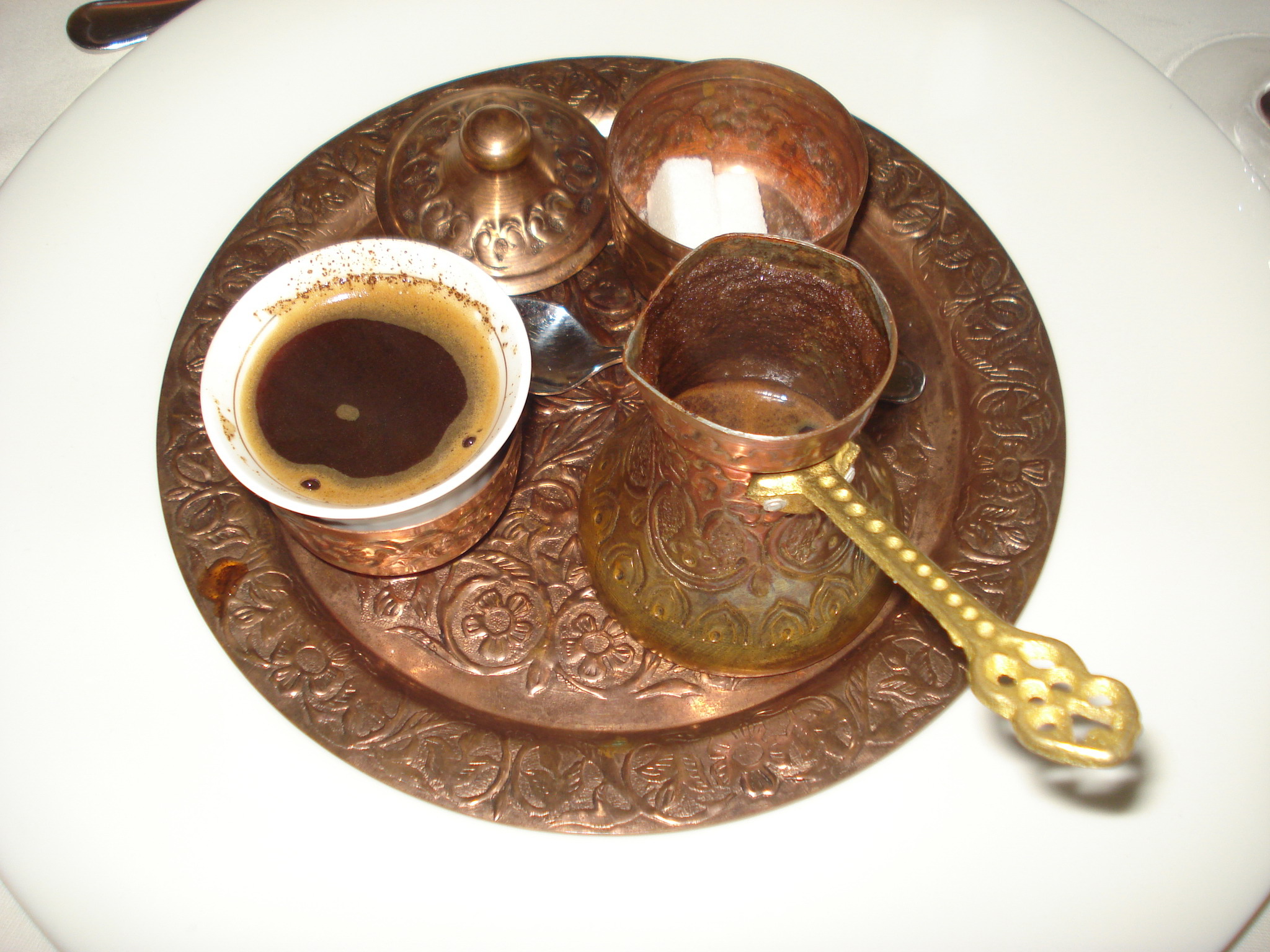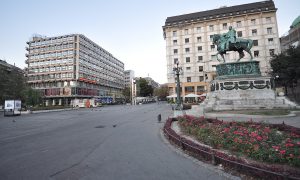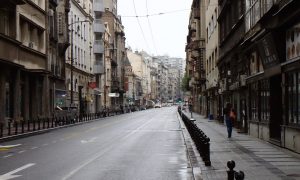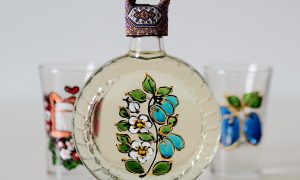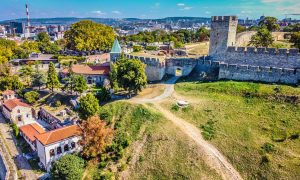When you come to Belgrade (or Serbia actually) and want to drink some coffee, you will find yourself in front of the choice of familiar things such as espresso, cappuccino (and other espresso-based coffees) which will probably be familiar to you. Even filter coffee is served here and there…
Nescafe (Instant coffee)
We also have something called “Nes coffee”, based on, you guessed it – Nescafe instant coffee. Although you might not get the exact brand (Nestle) while asking for “Nes coffee” (you might get

It’s similar to Greek Frappe, but we don’t mix it that much and don’t use condensed milk – it’s basically mixed instant coffee with water, milk and sugar. You can find “
Domestic coffee
On the other hand, there’s also something called “domaća
It’s the coffee you will find in every supermarket and that has a huge variety of brand-names. It’s also found in older restaurants and kafanas, but it’s slowly regaining it’s popularity in “new age” cafes as well.
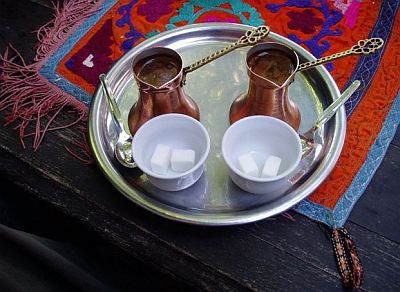
It’s made from finely grounded coffee, even more than for the espresso. Almost looks like a black flour. The preparation steps are simple but need some practice.
- You put the džezva (pot for making such coffee) on a stove and wait for the water to boil.
- When it’s boiling, take the “džezva” off of the stove for a sec.
- Then you put the coffee inside (usually one or two teaspoons per mug), mix it a bit and return to the stove.
- Wait for it to boil again (but making sure it doesn’t go over, which it can and will easily do if you don’t watch it!!!).
- Finally you take it from the stove and pour into a small mug (similar to size as the cappuccino one). As I said it’s strong but also it has “soc”, which is the coffee you have put inside the “džezva”. What you need to do now is to slowly pour the coffee into one mug, then the other, then again the first one, then the second. Why? Because this way both people drinking coffee will get the coffee itself but the “soc” (or ground coffee) as well.
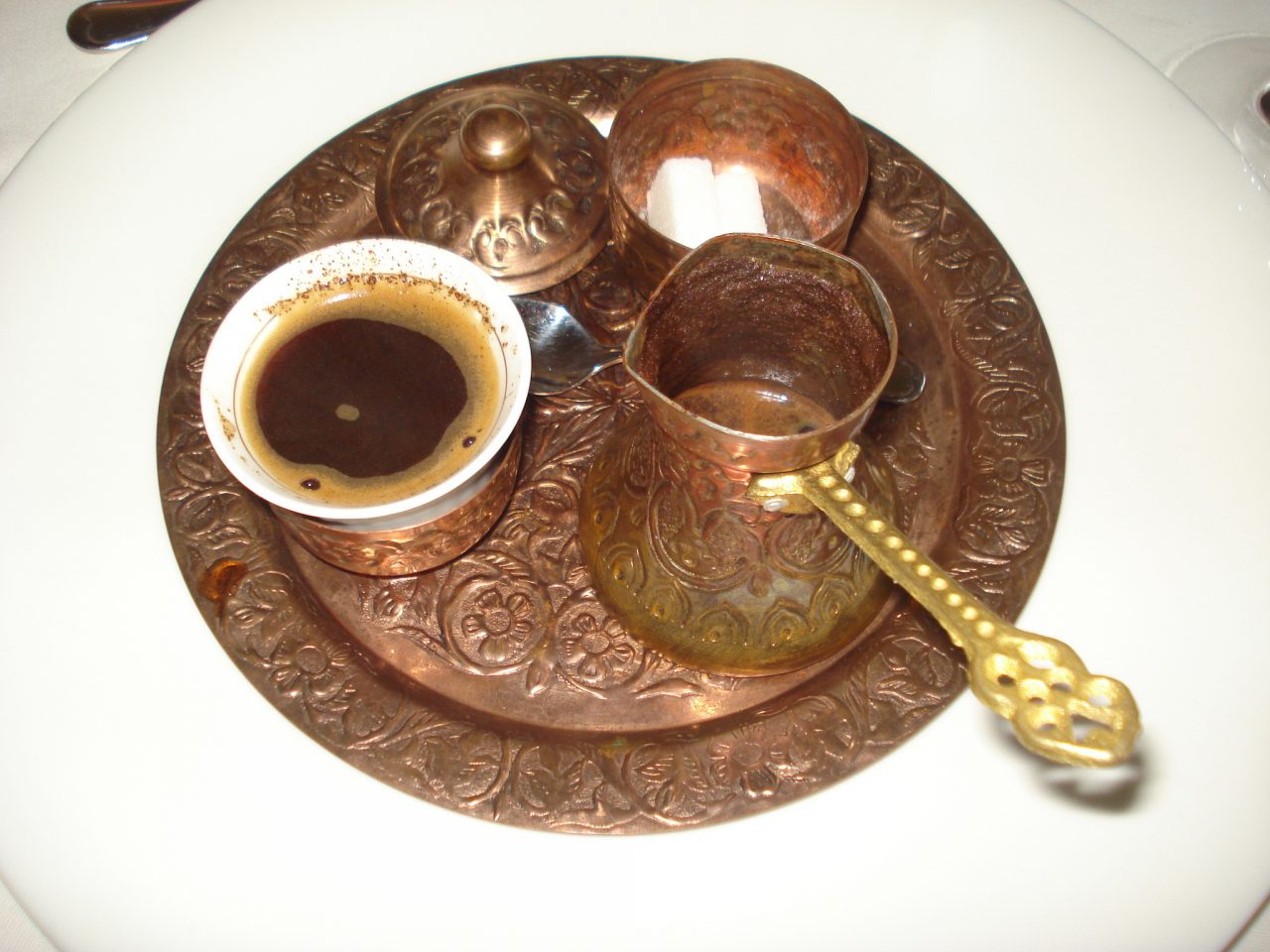
The traditional way of serving such coffee, pictured above, can be found at a couple of places in town, but at home it’s usually served from “modern” džezva with a “normal” mug. Also you can find the whole package (džezva, mug, little pot for sugar etc) in souvenir shops, nice thing to take back home.
Let me know how it turned out for you!


